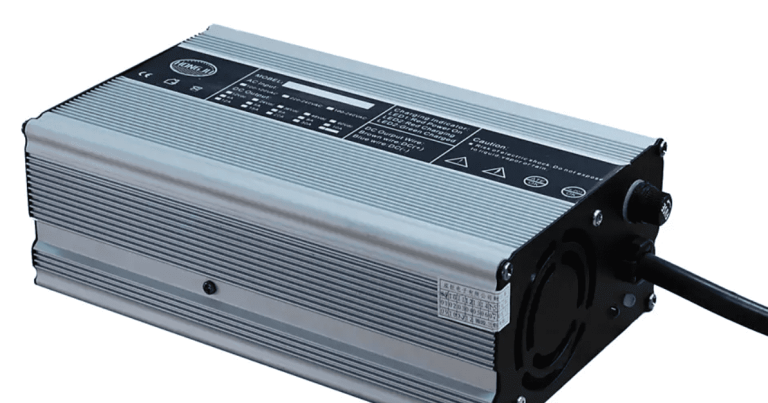Do evs charge slower in cold weather?
Do evs charge slower in cold weather?
Yes, electric vehicles do charge slower in cold weather. This is a well-documented phenomenon that affects nearly all EVs to varying degrees. The core issue lies in how lithium-ion batteries, the primary energy storage system in most electric cars, interact with low temperatures. Cold conditions fundamentally alter the battery’s internal chemistry and physics, leading to reduced charging efficiency. This slowdown is a result of both the battery’s inherent properties and protective measures implemented by the vehicle’s systems to prevent damage.

The behavior of the battery’s internal electrolyte is the main cause of slower charging. The electrolyte is the substance that facilitates the flow of lithium ions between the anode and cathode of a lithium-ion battery during charging and discharging. This electrolyte’s low viscosity under optimal, warm conditions permits ions to flow freely and quickly. The electrolyte, on the other hand, thickens and becomes more viscous as the temperature decreases, much like honey does. The diffusion rate of the lithium ions is considerably slowed down by this increased viscosity.Since charging is essentially the process of forcing these ions back into the anode, this sluggish movement directly translates to a slower rate of energy intake. Furthermore, the electrochemical activity within the battery cells decreases in the cold. The chemical reactions required for charging simply do not proceed as quickly, adding another layer of inefficiency.
Another critical factor is the increase in the battery’s internal resistance. Low temperatures cause the physical properties of the battery’s electrode materials to change, increasing their electrical resistance. According to Ohm’s Law, if the charging voltage remains constant, an increase in resistance results in a decrease of the current that can flow into the battery. A lower charging current means it takes longer to deliver the same amount of energy. To compound this issue, the vehicle’s Battery Management System (BMS) plays a crucial protective role. The BMS constantly monitors the battery’s temperature and state of health. When it detects cold conditions, it will intentionally limit the charging current and voltage to prevent damage. Forcing a high current into a cold battery can lead to a condition called lithium plating, where metallic lithium forms on the anode surface instead of the ions being safely integrated. This process is irreversible and permanently reduces the battery’s capacity and lifespan. Therefore, the BMS acts as a safeguard, deliberately slowing down the charge to protect the battery’s long-term health. For instance, some EVs may restrict charging current to just 50-70% of its normal rate when temperatures drop below freezing (0°C / 32°F).
The charging infrastructure itself can also be a contributing factor. Some public charging stations, particularly older models, may have their own temperature protection mechanisms. If the station’s components get too cold, it might automatically reduce its power output to prevent failure or damage to its internal electronics. This external power limitation, combined with the vehicle’s own reduced acceptance rate, results in an even more pronounced slowdown. Data indicates that in extreme cold, around -20°C (-4°F), an electric vehicle’s overall charging efficiency can plummet by 30-50% compared to its performance in mild weather. In some cases, the total time needed to charge from a low state to 80% can nearly double.
In addition to its direct effect on charging, cold weather has an indirect effect on how charging is perceived because it affects energy consumption. The use of seat warmers, defrosters, and the cabin heater significantly increases the load on the high-voltage battery. This implies that some of the incoming energy is being redirected to power these comfort features rather than going straight into raising the drive battery’s state of charge, even while the car is plugged in and charging. From the driver’s point of view, this may make the charging process seem even slower.
Fortunately, EV owners can use a number of tactics to lessen these cold-weather difficulties. Charging right after a drive is one of the best strategies. The BMS will be able to allow a faster charging rate because the battery will already be warmed up from use and its temperature will be higher than the surrounding air. Keeping the car plugged in after charging is finished is a smart strategy if you have a home charging station. Instead of using their own charge for heating, the majority of contemporary EVs will use grid power to maintain battery warmth through their thermal management system. This guarantees that the battery will start at a temperature that is ideal for your upcoming drive or charging session.
There are additional advantages to optimizing your parking space. Park and charge in a garage whenever you can, even if it’s not heated. The battery’s ability to maintain its temperature can be significantly impacted by just being protected from wind and extremely cold temperatures. You can save energy by changing the way you drive. Compared to aggressive starts, smooth, gradual acceleration uses less power, allowing you to keep more of your charge for longer. Lastly, it’s critical to just anticipate and accept that charging will take longer during the winter. The secret to preventing frustration during the charging process, whether at home or at a public station, is to allow extra time.
In conclusion, battery chemistry and careful engineering precautions directly and logically lead to the slower charging speeds encountered in cold weather. Even though it can be inconvenient, managing expectations is made easier by knowing the science underlying it, which includes the thickening electrolyte, increased internal resistance, and the protective function of the BMS. Electric vehicle owners can effectively combat the winter chill and maintain efficient charging throughout the colder months by implementing strategies such as utilizing the battery’s residual heat, keeping the vehicle plugged in, and selecting sheltered charging locations.



































































































































